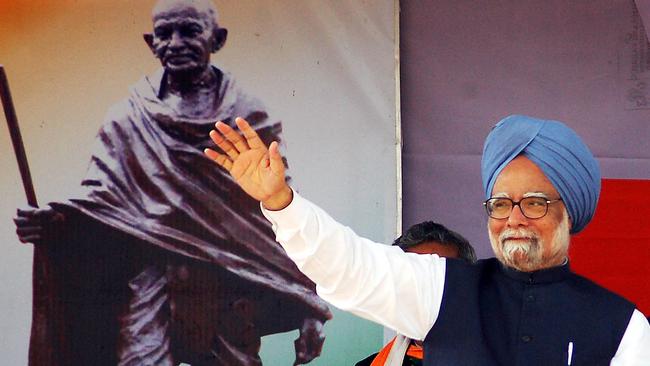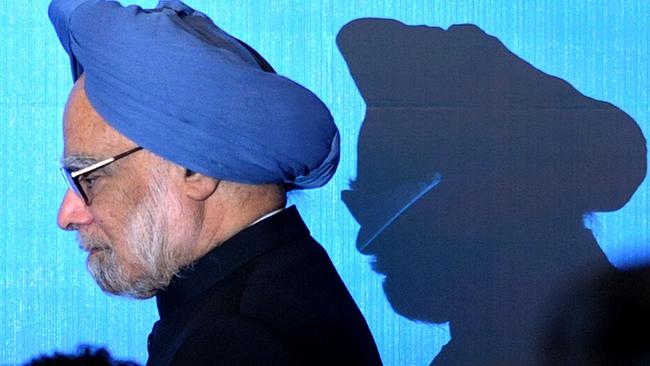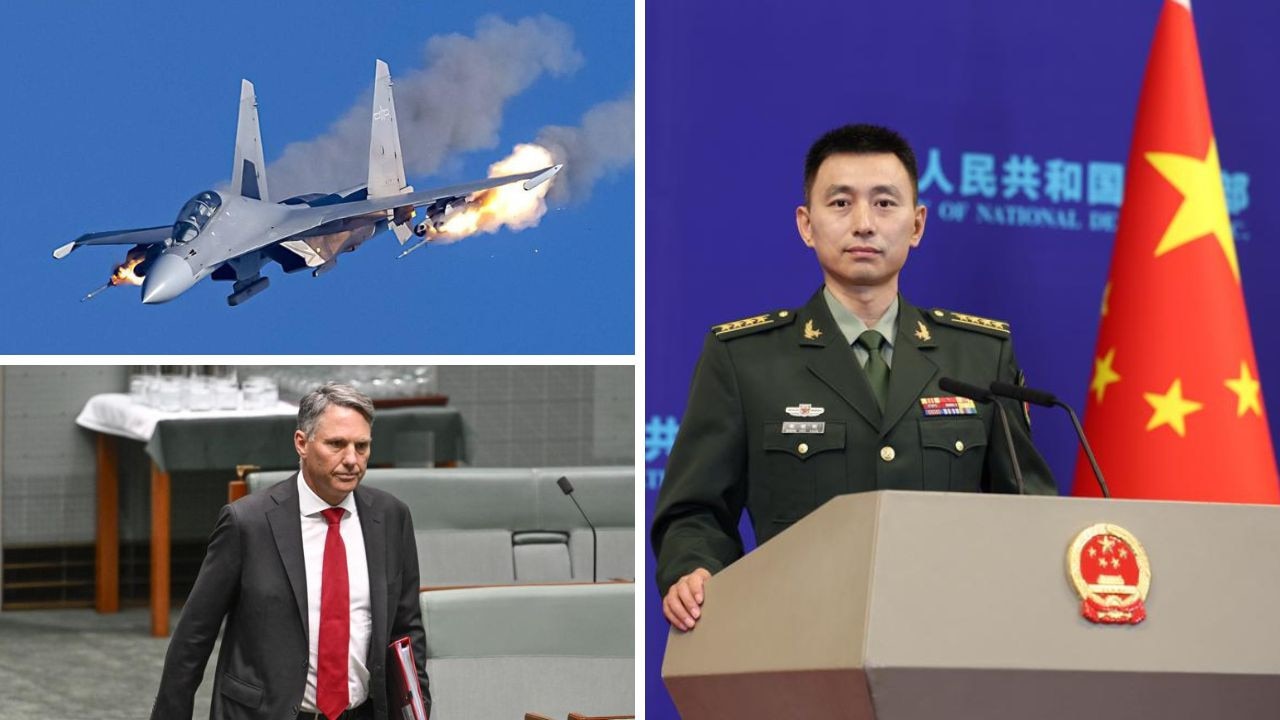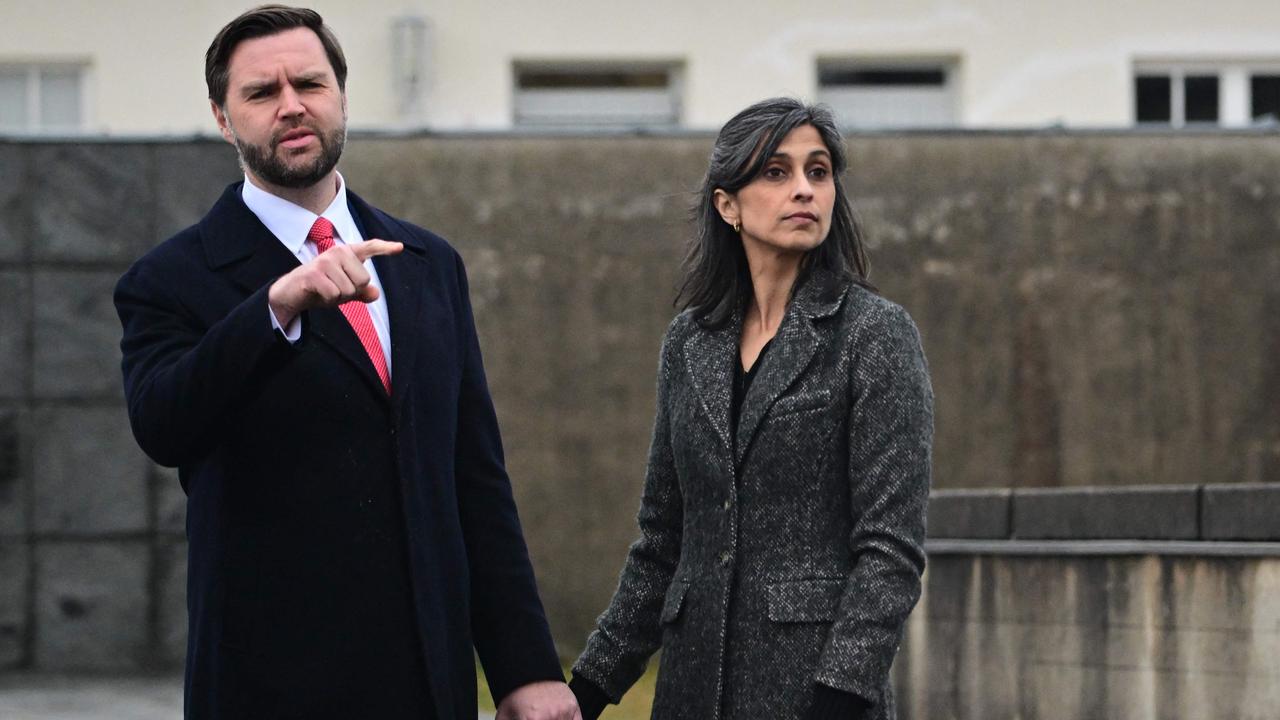Former Indian PM Manmohan Singh architect of country’s market reforms, dies aged 92
Manmohan Singh, an economist who steered the opening of India’s economy more than three decades ago, died after losing consciousness at home.

Former Indian prime minister Manmohan Singh, an economist who steered the opening of India’s economy more than three decades ago, has died at 92.
India’s largest public hospital said the former leader was brought there in Delhi on Thursday night for emergency treatment after he lost consciousness at home. He couldn’t be revived.
Mr Singh was prime minister of a coalition government for 10 years from 2004, becoming the first member of India’s minority Sikh religious community to serve in that role. He was respected for his humility and integrity but also was seen as a weak leader subject to being overruled behind the scenes, as the Nehru-Gandhi dynasty continued to lead the ruling party.
Prime Minister Narendra Modi said Mr Singh was one of India’s most distinguished leaders, who had left a strong imprint on economic policy.
As our prime minister, he made extensive efforts to improve people’s lives,” Mr Modi said on Friday.
“His wisdom and humility were always visible.”
Mr Singh was born on September 26, 1932, in a village in a part of Punjab province of British-ruled India that now falls in Pakistan. In speeches, Mr Singh recalled that his village had no doctor and that he walked miles to go to school. He went on to study economics, first in India, and then later at Cambridge University. He earned a doctorate in economics in 1962 from Oxford University’s Nuffield College.

In 1971, he joined the government as an economic adviser and later served as governor of India’s Central Bank.
Mr Singh’s biggest political achievement came well before he became prime minister. Mr Singh had long thought India’s economy was too inward-looking, as he laid out in a book in 1964. In 1991, soon after becoming finance minister, he faced an opportunity to turn India in a different direction.
That year, as India faced an economic crisis, with enough foreign reserves to cover only two weeks of imports, Mr Singh unveiled a landmark budget to deregulate India’s economy, dominated since independence by bloated state enterprises, and open it up.
“The time has come to expose Indian industry to competition from abroad in a phased manner,” said Mr Singh. “After four decades of planning for industrialisation, we have now reached a stage of development where we should welcome, rather than fear, foreign investment. Our entrepreneurs are second to none.” He said there was no other solution to the impasse India was in – and that the country shouldn’t fear competing in the global economy though the road ahead would be hard.
The reforms of three decades ago jump-started India’s economic growth and have helped it become the world’s fifth-largest economy. But many economists say that the problems Mr Singh outlined then – including a proliferation of licenses and shackles on firms’ ability to grow – remain today.
Mr Singh became prime minister for the first time in 2004, after the Indian National Congress party returned to power in elections that year.
In his first term, he forged the landmark civil nuclear co-operation deal with former President George W. Bush. The deal, which marked a significant shift in U.S. policy, helped end India’s nuclear isolation since its 1998 nuclear tests and brought about its recognition as a de facto nuclear power, though it didn’t result in any concrete commercial projects because of an impasse over liability issues. The agreement also helped usher in an era of closer U.S.-India ties.
Mr Singh’s first term saw rapid growth in India’s economy, and one of the worst terrorist attacks in the country’s history, when gunmen from Pakistan in November 2008 attacked numerous sites across the financial capital Mumbai, including a luxury hotel, a popular tourist cafe and a Jewish centre.
His second term was marked by slower growth in the wake of the global financial crisis, and was marred by corruption scandals. Outrage over corruption led voters to oust Mr Singh’s government and the Congress Party in 2014, bringing Mr Modito power.
Under Mr Singh, India launched the effort for a national ID program, which has paved the way for more Indians to participate in the financial system in the past decade, helping to make possible the mobile payments boom the country has seen in recent years. He issued the first of the IDs – known as Aadhaar or “foundation” – in 2010. In a later speech, Mr Singh said he believed the project would demonstrate “the role technology can play in building a modern India.” After his term as prime minister ended, Mr Singh was a low-key presence in politics. He refrained from wading into political controversies or criticising the government even as he continued to serve in India’s upper house of Parliament.
He retired in April 2024 for health reasons. He is survived by his wife and three daughters.
Rahul Gandhi, leader of the opposition in Parliament and the most visible face of the Congress Party, said in a social-media post that he had lost “a mentor and a guide.” “Millions of us who admired him will remember him with the utmost pride, ” said Gandhi.
Dow Jones


